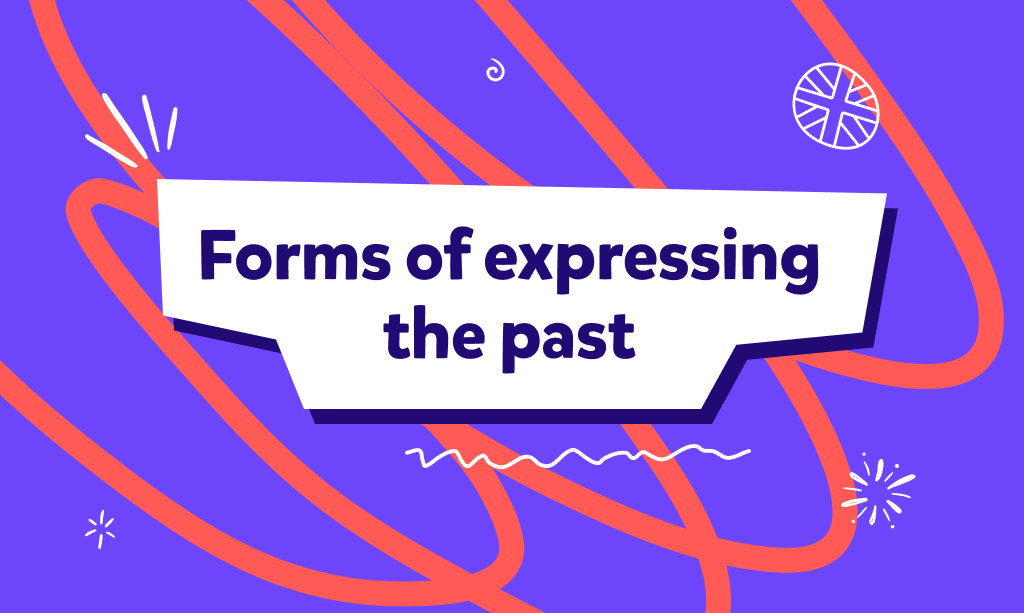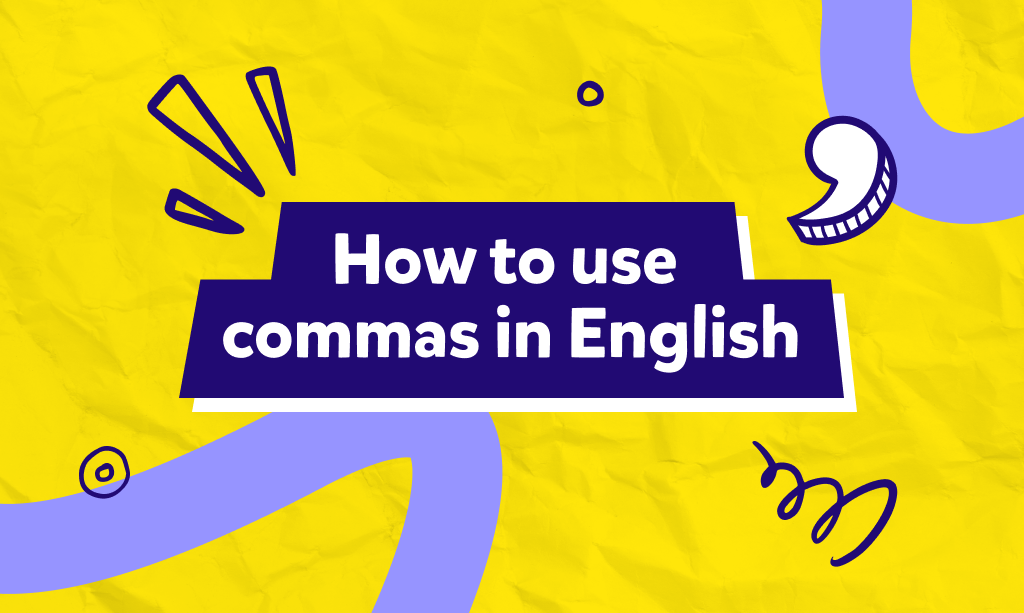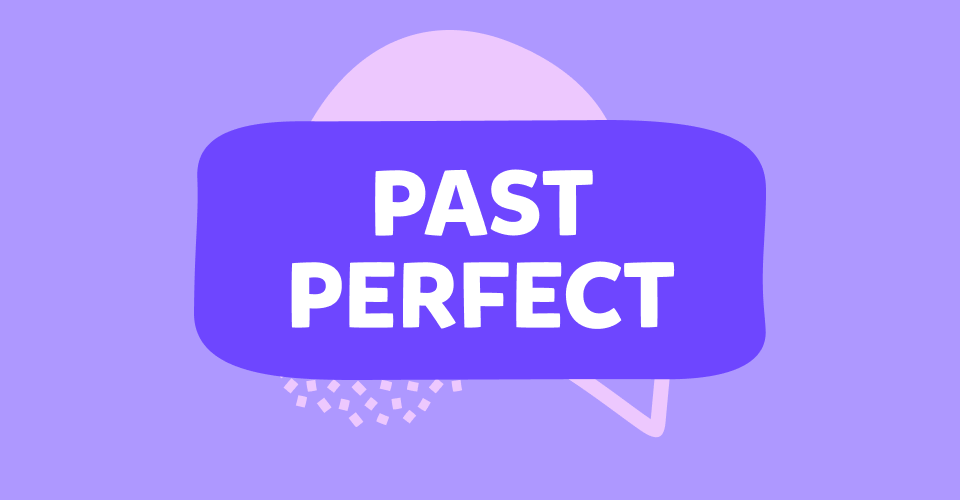- Coniugazione del verbo essere in inglese
- A cosa serve il verbo to be in inglese?
- Usare il verbo Essere in inglese, esercizi online
To be or not to be that is the question…. Quale migliore inizio per questo articolo se non una citazioni più famose di tutti i tempi? Grazie Shakespeare!
Stiamo parlando di to be, il verbo più diffuso, più importante e anche più… irregolare della lingua inglese! Il verbo essere è un argomento da trattare con attenzione fin da subito, fin dai corsi di inglese per bambini prima elementare.
Se ti stai chiedendo qual è il verbo to be in inglese? O come coniugare to be? Oppure come usare to be? Beh… sei nel posto giusto! 👏
In questo articolo ci occuperemo per filo e per segno del verbo Essere inglese. L’articolo è stato scritto da Novakid, che insegna ai bambini inglese online in 49 paesi del mondo, sempre con insegnanti madrelingua certificati. Continua a leggere per avere una spiegazione sulla coniugazione del verbo essere in inglese, i suoi usi, tantissimi esempi e qualche esercizio. Cominciamo!
Coniugazione del verbo essere in inglese
Come dicevamo, verbo to be in inglese è il più irregolare della grammatica. Volendo sintetizzare, il verbo Essere inglese è irregolare:
- Nelle forme del present simple e del past simple.
- Al participio passato.
- Alla forma interrogativa ché non usa l’ausiliare do/does.
- Alla forma negativa perché non usa don’t / doesn’t.
Coniugazione verbo to be al present simple
Osserva la tabella seguente, facendo anche attenzione anche a un’altra cosa: nella lingua parlata, e anche nella scrittura di registro non formale né accademico, le forme del presente si contraggono. Per questa ragione nella coniugazione del verbo essere avremo due varianti di ogni forma: long (forma estesa, usata in contesti formali) e contracted (forma contratta, informale). Nota anche la prima e la terza persona.
Verbo to be forma affermativa del Present simple
| Soggetto | Long form | Contracted form | Esempio |
| I | am | ’m | I’m alone |
| You | are | ’re | You’re late |
| He/She / It | is | ’s | It’s good |
| We | are | ’re | We are friends |
| You | are | ’re | You are welcome |
| They | are | ’re | They’re kind |
Present simple di to be, forma negativa
Allora come dicevamo, qui la formazione delle frasi negative del verbo essere in inglese è molto particolare. Niente don’t, niente doesn’t ma direttamente not, subito dopo la forma di to be:
am / is / are + not
Guarda lo schema che segue:
| Soggetto | Long form | Contracted form | Esempio |
| I | am not | ’m not | I’m not happy |
| You | are not | aren’t | You aren’t late |
| He / She / It | is not | isn’t | It isn’t good |
| We | are not | aren’t | We aren’t friends |
| You | are not | aren’t | You aren’t welcome |
| They | are not | aren’t | They are not kind |
Present simple di to be, forma interrogativa
Come si fanno le domande al presente del verbo to be? Con l’ausiliare does e do come per tutti gli altri verbi inglesi (fatta eccezione per i modali)? Assolutamente no! Nel caso del verbo Essere inglese l’inversione soggetto/verbo si fa direttamente con le forme di to be:
am / are / is + soggetto (+ aggettivo / sostantivo / avverbio)
| Forma di to be | Soggetto | Esempio |
| Am | I | Am I alone? |
| Are | you | Are you late? |
| Is | he/she / it | Is it good? |
| Are | we | Are we friends? |
| Are | you | Are you welcome? |
| Are | they | Are they kind? |
Past simple del verbo essere inglese
Anche per il passato del verbo essere in inglese valgono le stesse regole che abbiamo visto: forme diverse per diverse persone, nessun ausiliare did. Nella tabella che segue trovi tutte le forme di to be al passato semplice:
| Affermativa | Negativa | Interrogativa |
| I was | I wasn’t /was not | Was I ? |
| You were | You weren’t /were not | Were you ? |
| It was | It wasn’t /was not | Was it ? |
| We were | We weren’t / were not | Were we ? |
| You were | You weren’t /were not | Were you ? |
| They were | They weren’t / were not | Were they ? |
To be, coniugazione al present perfect
Osserva lo schema seguente:
soggetto + has / have + participio passato (+ aggettivo/sostantivo/avverbio).
Per le domande e le frasi negative usa le regole comuni a tutti i verbi. Guarda la tabella di coniugazione qui sotto:
| Affermativa | Negativa | Interrogativa |
| I have been | I haven’t / have not been | Have I been? |
| You have been | You haven’t / have not been | Have you been? |
| It has been | It hasn’t / has not been | Has it been? |
| We have been | We haven’t / have not been | Have we been? |
| You have been | You haven’t / have not been | Have you been? |
| They have been | They haven’t / have not been | Have they been? |
Il past perfect di Be
La formazione di questo tempo segue lo stesso schema del present perfect ma con had (per tutte le persone):
soggetto + had + participio passato (+ aggettivo/sostantivo/avverbio).
Per le domande e le frasi negative usa le regole abituali. Guarda la tabella qui sotto:
| Affermativa | Negativa | Interrogativa |
| I had been | I hadn’t / had not been | Had I been? |
| You had been | You hadn’t / had not been | Had you been? |
| It had been | It hadn’t / had not been | Had it been? |
| We had been | We hadn’t / had not been | Had we been? |
| You had been | You hadn’t / had not been | Had you been? |
| They had been | They hadn’t / had not been | Had they been? |
Il futuro semplice di to be
Il futuro del verbo essere in inglese è semplicissima ed uguale in tutte le forme:
soggetto + shall/ will + forma base del verbo
La forma shall si usa solo per la prima persona singolare, per cui però si usa anche will. Tutte le altre persone usano will: I, you, she, we, you, they… everybody will be happy!
Il verb to be e i tempi continui
E come si comporta il verbo be ai tempi progressivi (continuous)? La risposta è… Dipende. Quando assume il significato di caratteristica permanente, il verbo to Be in inglese si comporta come tutti i verbi di stato in inglese e quindi non può essere usato ai tempi verbali progressivi.
Ma se invece indica un comportamento (quindi temporaneo) può essere utilizzato ai tempi continui.
| Caratteristica, stato, condizione permanente | Comportamento |
| Paula is taller than her mother | John was being as polite as possible |
| They have been friends | You are being rude |
Il fatto di essere alti o di essere amici (colonna di sinistra) è uno stato e non un’azione, per questo non ammette i tempi continui. Mentre assumere un comportamento educato o maleducato (colonna di destra) può prescindere dalle proprie caratteristiche abituali, quindi ammette la coniugazione ai progressive tenses.
Verbo essere in inglese tabella riassuntiva
Per riassumere ti abbiamo preparato questa tabella della coniugazione verbo Essere:
| Present simple | Past simple | Present perfect | Past perfect | Future simple | Future perfect | * Present continuous | *Past continuous | |
| I | am | was | have been | had been | shall/ will be | will have been | am being | was being |
| You | are | were | have been | had been | will be | will have been | are being | were being |
| He/she/it | is | was | has been | had been | will be | will have been | is being | was being |
| We | are | were | have been | had been | will be | will have been | are being | were being |
| You | are | were | have been | had been | will be | will have been | are being | were being |
| They | are | were | have been | had been | will be | will have been | are being | were being |
| Infinitive | to be | Present participle | being | Present participle | been | * Uso limitato |
Se vuoi una versione scaricabile, segui il link per avere la versione pdf della Tabella Verbo Essere.
A cosa serve il verbo to be in inglese?
A molte cose, come vedremo. Perché sì, certo, to Be equivale all’italiano essere ma rispetto a questo assume anche qualche valenza in più. To be in inglese è usato sia come main verb sia come ausiliare.
To be come verbo principale
Viene utilizzato per indicare una molteplicità di stati, fenomeni, condizioni:
- Identità: Hi, I’m Paula, nice to meet you (Piacere, sono Paola).
- Relazioni: She’s my mother (è mia madre).
- Qualità o stati, permanenti o temporanei: My sister is blonde (mia sorella è bionda); the food was disgusting (il cibo era disgustoso).
- Età: My dad is 55 years old (mio papà ha 55 anni. Nota qui la differenza con l’italiano che usa avere : in inglese non si dice *I have 55 years).
- Nazionalità: I’m Italian, my wife is French (io sono italiano, mia moglie è francese).
- Carattere, caratteristiche, interessi: Laura is a activist. She’s very interested in nature and the environment. She’s very kind and empathetic too (Laura è un’attivista. È molto interessata alla natura e all’ambiente. È anche molto gentile ed empatica).
- Professione: He’s a teacher, she’s a scientist, their parents are doctors (lui è insegnante, lei scienziata, i loro genitori sono medici; nota che l’inglese a differenza dell’italiano non usa fare per descrivere l’attività lavorativa di una persona. E poi nota anche che al singolare serve l’articolo a, mentre al plurale no).
- Posizione, luogo: They are at work (sono al lavoro) the cat is on table (questa non potevamo evitarla!).
- Umori, stati d’animo e sensazioni fisiche: I’m so upset (sono molto triste). After driving all night she was tired and hungry (dopo aver guidato tutta la notte era stanca e affamata).
- Tempo: What time is it? It’s five o clock (che ore sono? Sono le 5).
- Presenza (con there): There is something you should know (c’è qualcosa che dovresti sapere). There are just five students in the classroom (nell’aula ci sono solo cinque studenti).
To be come ausiliare
To be in inglese ha funzione di verbo ausiliare, insieme a to have (verbo avere in inglese) e to do. Nello specifico, si utilizza:
- Per costruire le frasi passive: This article was written by Novakid (questo articolo è stato scritto da Novakid).
- Per formare i verbi progressivi o continui: The kids are sleeping, John was driving, Paul will be working, she will have been living here for ages… e così via (John stava guidando, Paul starà lavorando, lei avrà vissuto qui da secoli….)
Ti è piaciuto questo articolo e vuoi saperne di più sulla scuola di inglese Novakid? Guarda questo video!
Usare il verbo Essere in inglese, esercizi online
Che dici, tante informazioni? Per verificare quello che hai appreso ti abbiamo preparato 10 esercizi sul verbo to be. Puoi anche utilizzarlo per prepararti all’esame di inglese delle medie. Dai, scegli la forma corretta per completare le frasi.








































